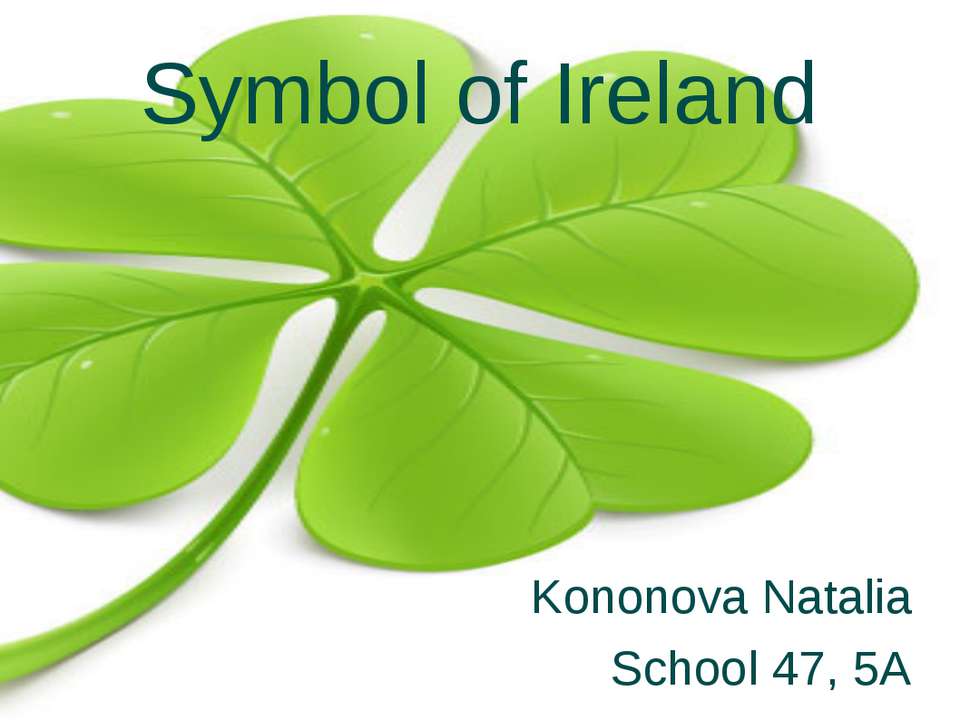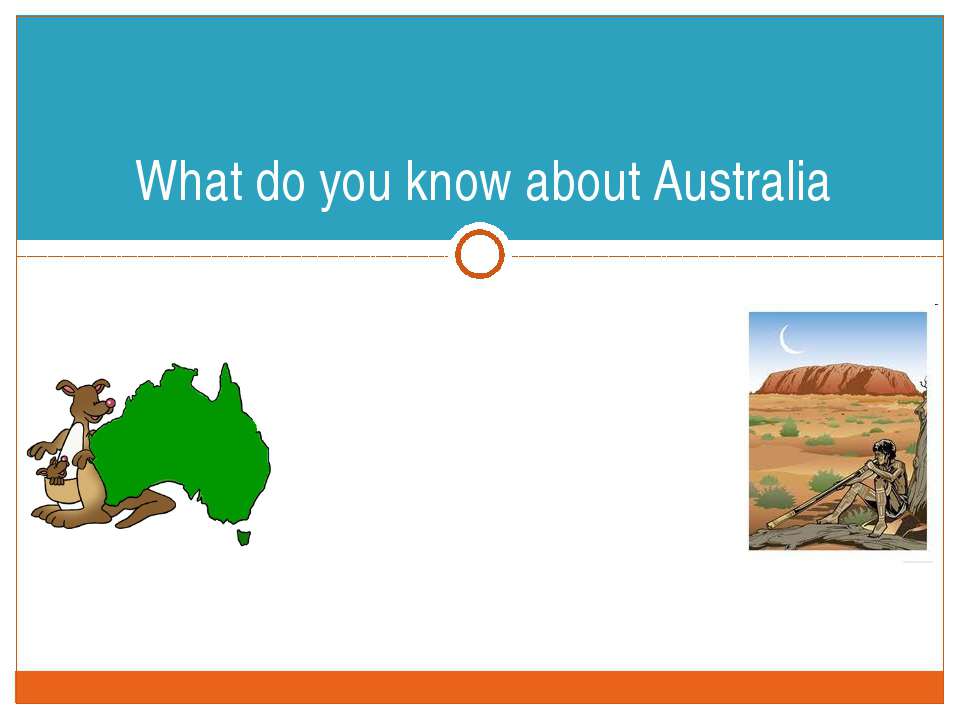National Symbol of Australia

- Рубрика: Презентации / Презентации по английскому языку
- Просмотров: 427
Презентация "National Symbol of Australia" онлайн бесплатно на сайте электронных школьных учебников edulib.ru
Introduction In my work I want to show the significance and beauty of the national symbol of “wonderful ” Australia. Elements of local fauna and historical development are combined in design of this symbol. The most known animals of Australia hold the symbol of the native land. It shows that Australians protect and care about nature very much. Also, I will show the history and value of this well- known coat of arms.
Part I: Design The shield is the focal point of the coat of arms, contained within is the badge of each Australian state. In the top half, from left to right, the states represented are: New South Wales, Victoria, and Queensland. In the bottom half, from left to right: South Australia, Western Australia, and Tasmania. Above the shield is the seven-pointed 'Commonwealth Star' or 'Star of Federation' above a blue and gold wreath, forming the crest. Six of the points on the star represent the original six states, while the seventh point represents the combined territories and any future states of Australia. In its entirety the shield represents the federation of Australia. The State Victoria. Australia.
Part I: Design The Red Kangaroo and Emu that support the shield are the unofficial animal emblems of the nation. They owe this recognition to the fact that they are native Australian fauna, and likely chosen because they are the most well-known native Australian animals large enough to be positioned together in scale holding up the shield. It is often claimed these animals were chosen because neither animal can move backward, only forward - i.e. progress. In reality both animals can move backwards, but infrequently do. In the background is wreath of Golden Wattle, the official national floral emblem, though the representation of the species is not botanically accurate. At the bottom of the coat of arms is a scroll that contains the name of the nation. Neither the wreath of wattle nor the scroll are technically part of the official design described on the Royal Warrant that grants the armorial design. The Symbol of South Australia
Part II: History Following the federation of Australia, the first official coat of arms of Australia was granted by King Edward VII on 7 May 1908. The original design is thought to have been inspired by the 1805 Bowman Flag, which showed a coat of arms of the rose, shamrock and thistle supported by a kangaroo and emu. King Edward VII
Part II: History It consisted of a shield in the centre, the seven pointed star on a wreath as the crest above it, and a Kangaroo and an Emu supporting the shield, all on a bed of green grass with a scroll containing the motto "Advance Australia". The selection of the kangaroo, the Emu and the words, "Advance Australia" was tied together symbolically. The shield had a white background, with a red cross of Saint George, blue lines outside the cross, and a blue border containing six inescutcheons featuring a red chevron on white, representing the six states. The Scottish Patriotic Association was vocally opposed to the shields designing, noting that it should display the Union Flag to represent British and Irish settlers. These arms were used by the government and appeared on the sixpence coin from 1910 until 1963, and the threepence, shilling and florin from 1910 to 1936. Coat of Arms (1908)
Part II: History The 1908 arms were redesigned in 1911, and officially granted by George V on 19 September 1912. The redesign of the coat of arms spurred much debate in the Parliament. The Member for Wentworth, William Kelly , said: "The emu and kangaroo are so built that they hardly fit into the heraldic atmosphere, and I think we make ourselves ridiculous when we endeavour to carry on the traditions of the Old World with some of the wild creations of our Australian fauna." William Kelly
Part III: Using The coat of arms is used to identify Australian government authority and property, accordingly the coat of arms should never be used where it could wrongly imply a formal guarantee, sponsorship or endorsement by the Commonwealth. Use of the arms by private citizens or organisations is rarely permitted, however there are provisions for use by sporting bodies and in educational publications. Use of the coat of arms without permission may be in breach of Sections 53 (c) (d) and (e) of the Trade Practices Act 1974, Section 145.1 of the Criminal Code Act 1995 or Section 39(2) of the Trade Marks Act 1995. The import of goods bearing the arms is also illegal according Customs Regulations. Commonwealth of Australia
Part III: Using There is a full colour version and nine heraldically correct official versions exist for single-colour reproduction. The coat of arms is the basis of the Queen's Personal Australian Flag, and since 1973 a slightly modified version has formed the basis of the Great Seal of Australia. The coat of arms is used as badge of rank for Warrant Officers Class 1 and Warrant Officer. A more stylised version is used as a badge of rank for Warrant Officer of the Navy, Regimental Sergeant Major of the Army and Warrant Officer of the Air Force.
Conclusion It was very pleasant for me to work on this presentation. I have learned a lot of new about the national symbol of Australia and have opened its value for myself. Besides, in my work were mentioned some historical moments: the establishment of the date of the first national symbol of Australia, the speech of William Kelly and others. I hope, my work will be pleasant for you and you will learn a lot of new and interesting about Australia.





















